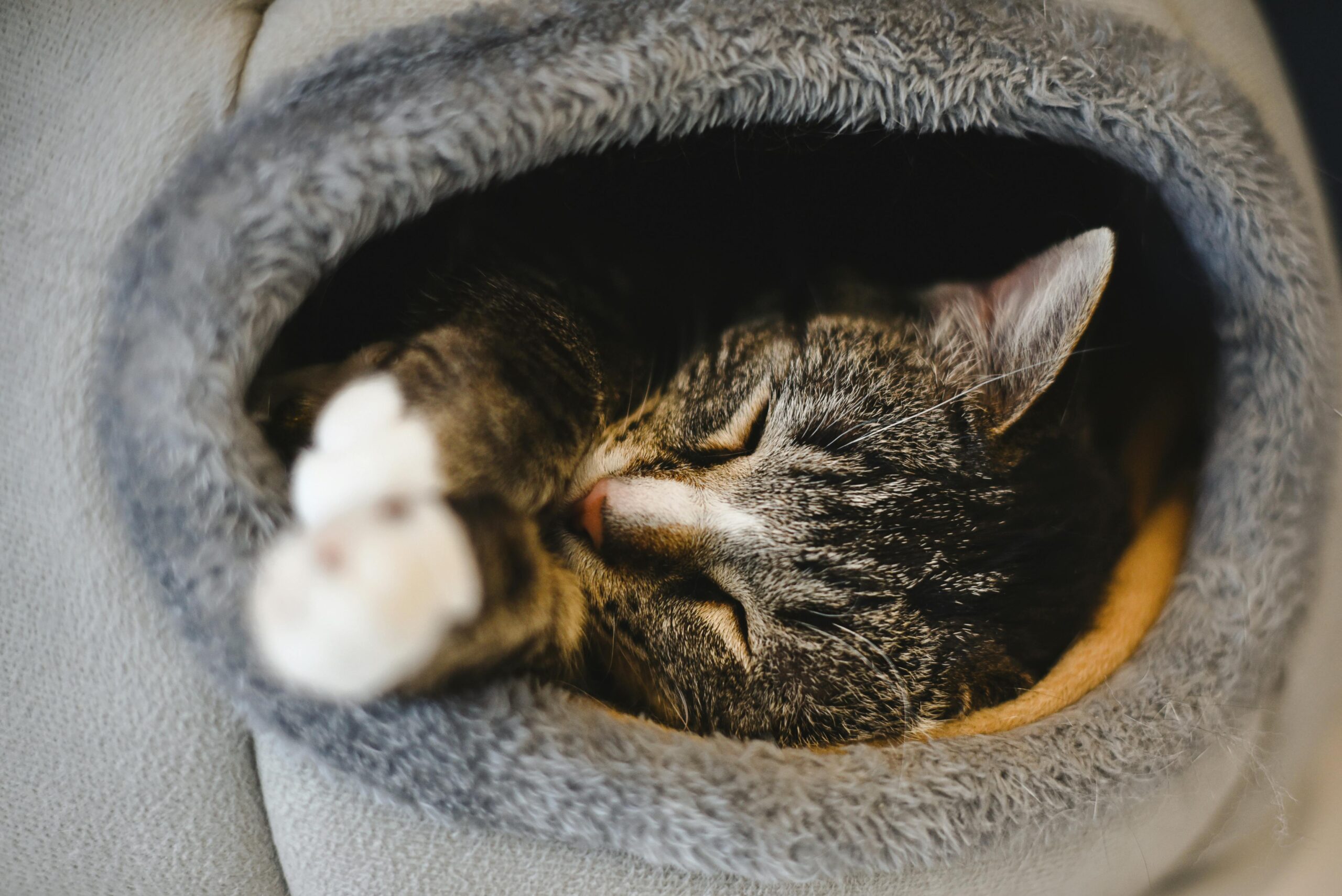Winter may be a demanding season not only for people but also for our cherished animals. Your pet care schedule should change as the temperature falls to guarantee their comfort and welfare. This article offers thorough winter care advice for dogs, therefore safeguarding them from the cold and maintaining their health all through the year.

Protecting Pets from the Cold
Dress Your Pets for Warmth
Many pets especially those with short coats can benefit from donning a jumper or jacket when outside. Look for clothes that fit tightly without limiting movement and cover their tummy and back. Snowy days call for waterproof choices.
Restrain Outdoor Time
Like people, pets can develop hypothermia and frostbite. Limit their outdoor time in really frigid conditions, mainly if the temperature falls below freezing. Short walks will help you stay active; think about indoor play.
Establish a Warm Resting Spot
Make sure your pet has somewhere warm and cosy indoors, free from drafts or cold flooring. Extra warmth might come from blankets, heated pet beds, or insulated mats.
Nutritional Value and Hydration
Give Pets Enough Fresh Water
Pets must be kept hydrated by plenty of fresh water even in winter. Check their water bowl often to make sure, should they be outdoors, it hasn’t frozen. If at all necessary, use a warm water dish.
Change Their Eating Program
Pets could need more food as in winter they burn more calories to keep warm. See your veterinarian to find out whether changing your pet’s diet will help to satisfy seasonal energy requirements.
Add Healthy Treats
Provide treats high in nutrients, particularly those that enhance a coat and skin condition. Fish oils or omega-3 supplements can help prevent indoor heating-related dryouts of the skin.
Paw and Skin Treatment
Guard Their Paws
Snow, ice, and de-icing salts might aggravate your pet’s paws. On walks, guard their feet with pet-safe boots or paw wax. Wipe their paws with a moist cloth to get any toxins off when you get home.
Prevent Dry Skin
Indoor heating might dry up the skin of your pet. Their skin and coat will remain healthy with regular grooming, moistening shampoos, and fish oil supplements.
Pay Attention to Frostbite
Commonly affecting pets’ ears, tails, and paws is frostbite. If you observe any symptoms, including discolouration or swelling, get proper veterinarian treatment.
Work and Mental Stimulus
Internal Work
Keep your pet busy indoors when it’s too chilly to be outside playing. To make sure they receive enough activity, have them play activities including fetch, hide and-seek, or tug-of-war.
Puzzle Objects
Throughout lengthy winter days indoors, interactive toys and puzzles help keep your pet cognitively busy. These devices challenge their brains and ward against monotony.
Consistent walks
Take your pet on little walks to keep them physically engaged on warmer winter days. Select paths free of snow and ice, then steer clear of letting them pass over salted regions.
Safety and Good Health
Frequent Veterinary Exams
Winter can aggravate some medical issues, including senior pet arthritis. Plan a visit to your veterinarian to make sure your pet is in seasonal good condition.
Guard Them Near Heaters
Heat sources like space heaters and fireplaces attract pets most of the times. Make sure pet-proof barriers keep a safe distance and help to prevent burns.
Prevent Harmful Winter Hazards
Pets may be poisoned by antifreeze and de-icing agents. Safely store these items out of reach; clean spills right away. Where at all possible, choose pet-safe substitutes.
Winter Maintenance for Different Kinds of Pets
Dogs
Dogs with thin coats can need more protection from insulated beds and clothes. To release their energy in winter, active breeds could need extra inside activities.
Cats
Keep cats indoors in winter to shield them from the cold and possible hazards such as antifreeze poisoning. Set aside cosy, sunny areas by the window for them to lounge in.
Small Pets
Little animals, such as guinea pigs and rabbits, are temperature-sensitive. Make sure their cages are protected from drafts and feature additional bedding to keep them warm.
Travelling in Winter with Pets
Use Safe Transport
Make sure your pet is fastened in a carrier or harness while you are on a journey. Never leave them in a car; temperatures might drop dangerously low.
Essentials for Packs
Bring blankets, food, drink, and any meds your pet requires. Plan stops to let your pet stretch and drink if you are driving great distances.
Emergency Preparation
In case of unanticipated circumstances during travel, keep veterinarians and pet-friendly shelters’ emergency contact information ready.
Building a Strong Immune System
Regular Maintenance
Regular brushing of your pet helps spread natural oils, encouraging a good coat and skin. It also gets rid of dead fur and stops matting, which could cut warmth.
Control of Parasites and Vaccinations
Though fleas and ticks can still be active in winter, keep your pet’s vaccines current and keep giving parasite preventatives.
Good Sleep Routine
Make sure your pet rests in a warm and cosy environment enough. Their general immunity and condition depend on a regular sleep schedule.
Training and Socialising
Supervised Outside Play
Should your pet enjoy playing in the snow, regularly monitor them and restrict their outdoor time. Snow can cover dangers, including frozen water bodies or sharp items.
Reinforce Instruction
Winter is a perfect opportunity to introduce fresh commands indoors or strengthen obedience training. Keep sessions light and enjoyable with rewards and sound reinforcement.
Plan Activities
Arrange play dates in secure indoor surroundings, including other animals. Social contacts give your pet cerebral stimulation and keep her happy.
Understanding Indices of Winter Stress
Chattering or Whining
Your pet is too cold based on these indicators. Bring them inside right away and offer cosiness.
Apathetic lethargy
Your pet may have hypothermia if it seems especially lazy or unwilling to move. See a veterinarian right away.
Variations in Appetite or Behaviour
Watch your pet for any behavioural or dietary pattern changes. These can point to stress, illness, or discomfort connected to the winter months.
Pet Owner Community Resources for Winter
Local animal shelters
Many local shelters and animal groups provide tools to assist wintertime pet owners. These include food, blankets, and coats, among free or heavily discounted pet items.
Winter Events Approved for Pets
Look for winter activities in your neighbourhood where you could socialise your pet in a secure surroundings. Great fun can come from events including indoor agility courses or pet-friendly holiday markets.
Emergency Call Lines
Learn about regional pet rescue or animal control hotlines. If you run across stray animals or require help during severe storms, these can literally save lives.
Building a Pet Winter Survival Kit
Basic Resources
Get your pet ready for winter survival with food, water, meds, and a first aid pack. Add a cosy blanket, booties and a pet-safe de-icer for a crisis.
Identification
Make sure your pet has correct identification a microchip or an updated ID tag. This is absolutely vital should they disappear on winter trips.
Emergency List of Contact
In your pack include the contact details of your veterinarian as well as the closest emergency veterinary clinic. Having these specifics on hand will help you save a lot of necessary time in trying circumstances.
Getting Pets Ready for Winter Safety
Training on Leash for Ice
Practice leash training to make sure your pet won’t pull unexpectedly and risk falling if your region freezes in winter. Safety on frozen surfaces depends on walking gently under control on a leash.
Education Recall Commands
Show your pet a quick response to recall commands. In winter especially, this is crucial to keep them from straying into dangerous places like frozen ponds or crowded highways.
Adjusting to Winter Equipment
Some dogs require time to adjust to booties, paw protection, or winter apparel. Start by introducing these objects indoors in brief sessions, giving treats and praise for good behaviour.
Inside Projects for Winter Days
Create an Inside Obstacle Course
Design a fun obstacle course from of home objects including chairs, boxes, and cushions. This keeps your pet both physically and intellectually challenged.
Sensational Games
Hide toys or snacks about the home and let your pet find them. This offers hours of enjoyment and plays to their natural inclinations.
Explore Safe Inside Toys
Invest in sturdy, safe indoor toys include interactive puzzles, chew toys, or laser pointers (for cats). Regular rotation of toys helps to keep your pet interested.
Seasonal Grooming Advice
Handle Shedding
Pets lose fur even in the cold. Regular brushing helps remove stray hair and avoid matting, which can lower their capacity to stay warm.
Steer Clear from Overbathing
Regular baths can rob your pet’s skin of natural oils, causing dryness. Use moisturising shampoos; restrict baths unless absolutely required.
Cut Strategically for Fur
Steer clear of shaving a pet’s fur too short in winter. For breeds with long hair, cut around the belly and paws to avoid accumulation of snow and ice.
Getting Your House Winter Pet Ready
Pet-Proofing Your House
Look for winter risks in your house include cord from Christmas decorations, poisonous plants, or uncovered heaters. Make sure your pet is safe by securing these spaces.
Control Moisture
Reverse the drying effects of indoor heating by using a humidifier. Your pet’s skin as well as yours gains from this.
Build a Safe Haven
Set aside a calm, cosy area in your house for your pet to lounge about. This is especially beneficial during holiday celebrations when your pet might require a respite from the activities.
Conclusion
winter presents difficulties; yet, with enough care and attention, you can keep your dogs warm, safe, and healthy. From furnishing suitable attire and food to designing a comfortable indoor space and keeping an eye on their health, these actions are crucial to making sure your pets flourish in the winter months.
